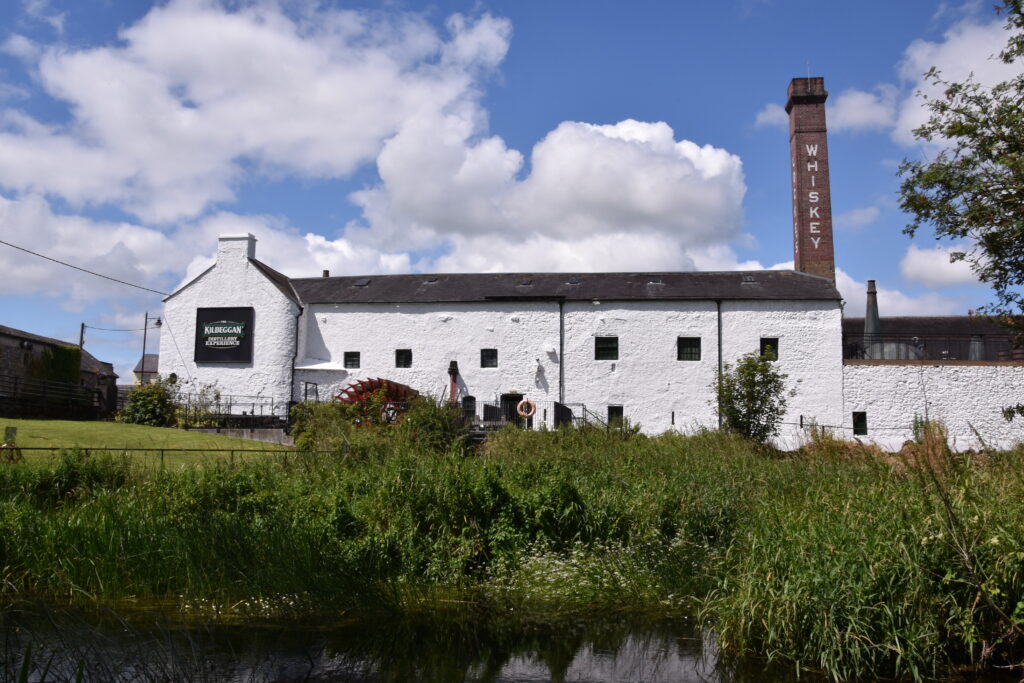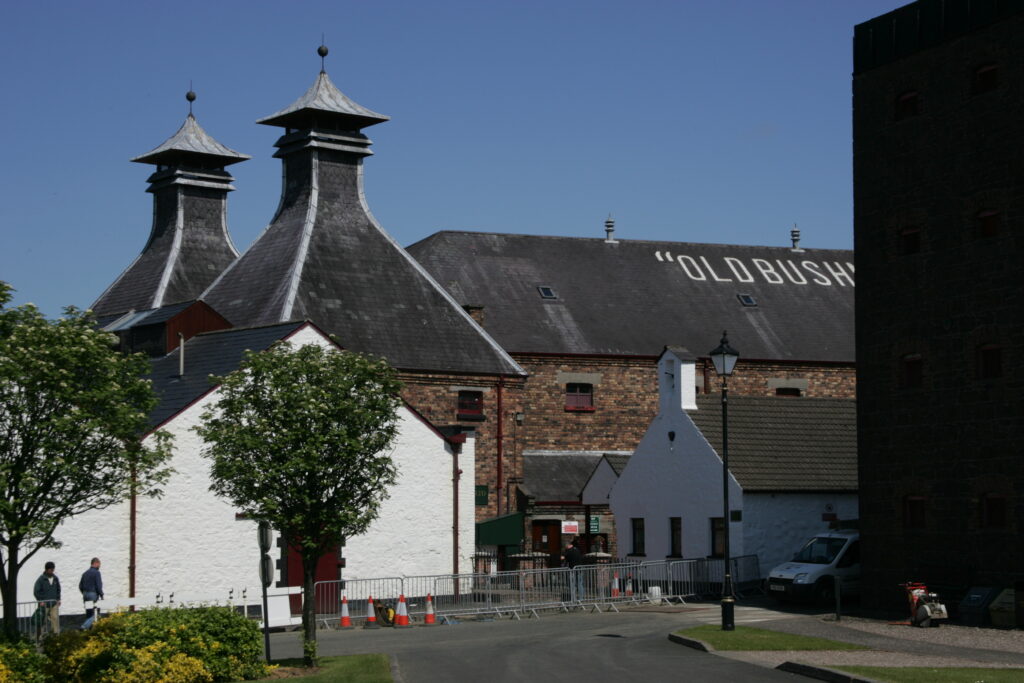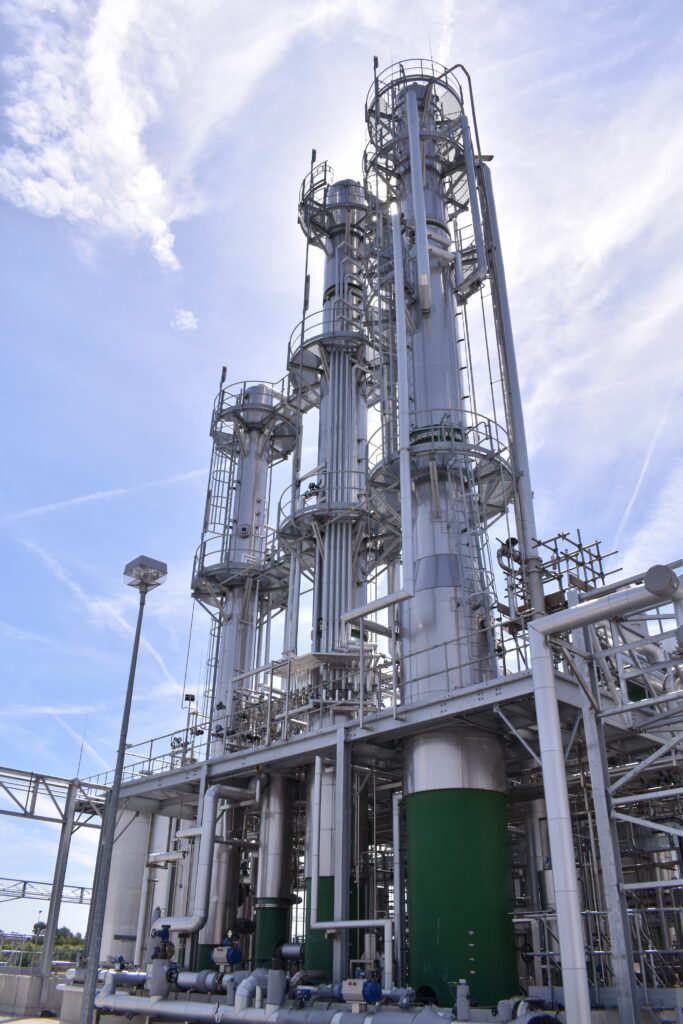Which is the original and which is the original Irish or Scotch?
Whiskey is defined worldwide as a distilled spirit made from grain and aged in wooden casks. In other words, whisky can be called whiskey only when it meets all three requirements: (1) made from grain, (2) distilled, and (3) aged in wooden casks. By region, there is Scotch whiskey from Scotland, Irish whiskey from Ireland, American whiskey from the United States and Canada, and Canadian whiskey, to which Japanese whiskey is added to form the "world's five major whiskeys. These five countries (countries and regions) account for nearly 90% of the world's whiskey production. Scotch whisky produced in Scotland accounts for nearly 60% of the world's five major whiskies, and reigns supreme in the spirits world as the king of spirits and synonymous with whisky in both name and reality.
Whiskey first appeared in literature in 1494, when the royal treasurer of Scotland wrote in his account book, "By order of the king, I have given John Coe, a monk, 8 vols of malt to make aquavitae. The king at this time was James IV of Scotland (reigned 1488-1513), and 8 bols is an old Scottish unit, equivalent to 500 kilograms today. This means that he gave 0.5 tons of malt to the monk John Coe to make aquavite, a distilled spirit. Of course, in medieval monasteries, spirits made from grapes were made for religious needs, but they were not whiskey. The important part of this record is that it is a distilled spirit made from malt (barley), which is considered to be the prototype of what we call whiskey today. Therefore, this is the first record of mankind that mentions whiskey.
So when and how did whisky making come to Scotland? Another point in the above record is that it was made in Christian monasteries, not in the private sector. At that time, whisky was considered to be a remedy for longevity or the plague (Black Death), and was more of a medicinal or religious drink than a drinking beverage. Christianity was introduced to Scotland around the 6th century AD. It is believed that it was St. Columba from Ireland who introduced it, and Christianity originally came to Scotland from Ireland.
It was the famous St. Patrick who introduced Christianity to Ireland, and this was more than a century ago, around the 5th century AD. In other words, the Irish claim that both Christianity and whiskey making are older in Ireland than in Scotland, and that therefore, Ireland is the originator of whiskey. The Irish claim that whiskey originated in Ireland, even though the written record of whiskey is from Scotland. The only thing they can say about Scotch is that the Irish taught the Scots both Christianity and whiskey making.

Kilbeggan distillery is located in central Ireland. It was established in 1757 and is the oldest distillery in Ireland. It is now owned by Suntory.
Eneas Coffey's Continuous Distiller and the Birth of Scotch Blended
Both the Scots and the Irish come from the same Celtic ethnic group, the Gaelic people. Their native language is Gaelic, and the word whiskey was originally derived from the Latin words ushkbeha and uska bach, the Gaelic equivalent of the Latin word aquavite (water of life), which means spirit. Ushk and uska are water, and behar and bach are life. Leaving aside the debate as to whether Ireland or Scotland is the originator and birthplace of whiskey, the two countries competed fiercely under the banner of the British Empire from the beginning of the 19th century to the first half of the 20th century.
In terms of the number of distilleries, there were nearly 200 distilleries in both countries at the beginning of the 19th century, but repeated taxation by the English government weeded out weak distillers, and since the mid-19th century, the number of distilleries in both countries has been around 30 to 50. While Irish distilleries have been able to fight taxation by increasing their production scale, small distilleries in Scotland, mainly in the Highlands, have continued to run their businesses in a small way. The heyday of Irish whiskey was from the mid-19th to the early 20th century, and from the 1870s to the 1980s, more than 60% of the world's whiskey production was Irish whiskey.

*The Giant Causeway in Northern Ireland. It is a famous scenic spot and is recognized as a World Heritage Site.

*Pushmills distillery is located just off the Giant Causeway. It is the second largest Irish distillery in terms of shipping volume after Jameson. It is now owned by Josek Eubo, a tequila company.
The turning point came with the invention of the continuous distillation machine by an Irishman, Eneas Coffey (1831), which made it possible to produce grain whiskey made from grains other than barley in large quantities and at low cost. The Irish did not jump at Eneas Coffey's new invention, but the Lowlanders, whose Scotch was inferior in both quality and quantity, did. This was the Scotch grain industry, and soon Scotch blended whisky, a mixture of cheaply made grain whisky in large quantities and Highland malt whisky, was born. The heyday of Scotch blended whisky was from the 1880s to the 1900s.
The Irish, who lagged behind in the introduction of continuous distillation, initially refined their unique Irish pot still whiskey (light, triple distilled whiskey) to compete with Scotch blended whiskey, but from the 1900s onward, they faced a series of headwinds, including the Irish War of Independence, World Wars I and II, and U.S. Prohibition (1920-33). By the late 1970s, there were only two Irish distilleries left, Bushmills in the north and Middleton in the south. Scotch, on the other hand, has expanded its sales channels worldwide since the 1950s and now exports to nearly 200 countries, with the value of its exports exceeding 1 trillion Japanese yen.

*The state-of-the-art continuous distillation machine at the new Tullamore distillery. It is owned by William Grant, a Scotch company famous for Glenfiddich.
IN THE 1950S AND 1960S, AFTER WINNING THE ORIGINAL BATTLE WITH IRISH AND THE SALES WAR, AT A LUNCH MEETING OF THE BOARD OF DIRECTORS OF THE SCOTCH DISTILLERS COMPANY LIMITED, OR DCL, WHICH OWNED NEARLY HALF OF THE SCOTCH DISTILLERIES AT THE TIME, SCOTCH EXECUTIVES WERE SAID TO HAVE SAID OF IRISH, "IRISH IS THE BEST. THE IRISH, IT IS SAID, "ARE A VERY SPECIAL BREED OF PEOPLE. THE IRISH ARE FULL OF IRONY. ENEAS COFFEY, THE INVENTOR OF THE CONTINUOUS DISTILLER, WAS IRISH, BUT HE MADE A GREAT CONTRIBUTION TO THE SCOTCH INDUSTRY. TO BEGIN WITH, ENEAS COFFEY WAS COFFEY, COFFEE, AND YET HE BECAME THE BENEFACTOR OF WHISKEY..."
Since the millennium of 2000, Irish has been undergoing a miraculous revival. In just 20 years, the number of distilleries has increased from two to nearly 50, and the sales volume has increased by double digits every year. Exports were once said to be around 1 million cases (one case is equivalent to 12 750 ml bottles), but by 2022, they are currently at 18 million cases, an 18-fold increase in 20 years. In the next issue, we will report on the "Irish Renaissance," which is said to be a miraculous revival.


